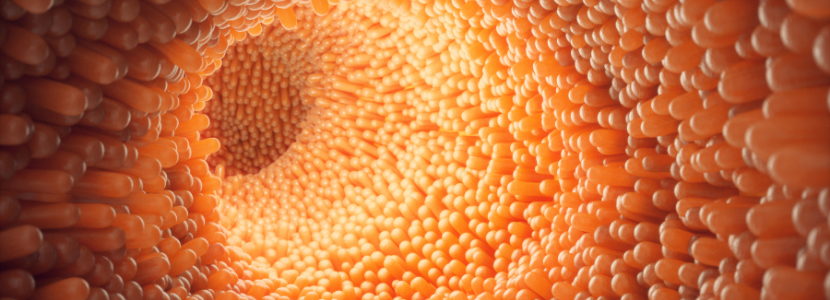Content available at: العربية (Arabic)
As it is well known that mycotoxins are secondary metabolites that are produced by fungus present in the plants. They can appear before or after the harvest, predominantly in difficult environmental conditions such as tropical regions or because of the warming earth. Mycotoxins have special attention in the animal industry because some cereals, grains, and other feed ingredients can be contaminated and cause several negative impacts on animal health and performance, leading to economic losses.
“Once the animals consumed a feed with a mycotoxin, there is a high risk of damage in the cells of the esophagus and gastrointestinal tract, which trigger gastrointestinal dysfunction, intestinal microbial imbalance, malnutrition, diarrhea, vomiting, and intestinal inflammation, and ultimately decreased growth performance.”
The mycotoxins can be classified according to their presence pre or post-harvest. This article focuses on the Ochratoxins that are produced by Penicillium and Aspergillus and can be present in cereals, especially in barley and rice. Among the 7 types of ochratoxins, type A (OTA) is the primary concern due to the major toxic effect compared with the others. An effect that could be nephrotoxic, hepatotoxic, teratogenic, and immunotoxic to poultry.
“OTA is subject to legal regulation at both the national and international level. However, to date, only a nonbinding recommendation exists for OTA levels in cereal feed and feed for poultry in the European Union (Commission Recommendation 2006/576/EC of 17 August 2006 on the presence of OTA in products intended for animal feeding) (European Union, 2006), and the limit for OTA in poultry feed is 0.10 mg/kg.”
OTA starts the absorption in the stomach and mainly ends in the proximal jejunum. This mycotoxin enters the intestinal epithelial cells by passive diffusion and then reaches the blood circulation and all tissues and organs. The effect of OTA can be potentialized when aflatoxin is present. This linkage increases the
Keep up to date with our newsletters
Receive the magazine for free in digital version
REGISTRATION
ACCESS
YOUR ACCOUNT
LOGIN
Lost your password?

